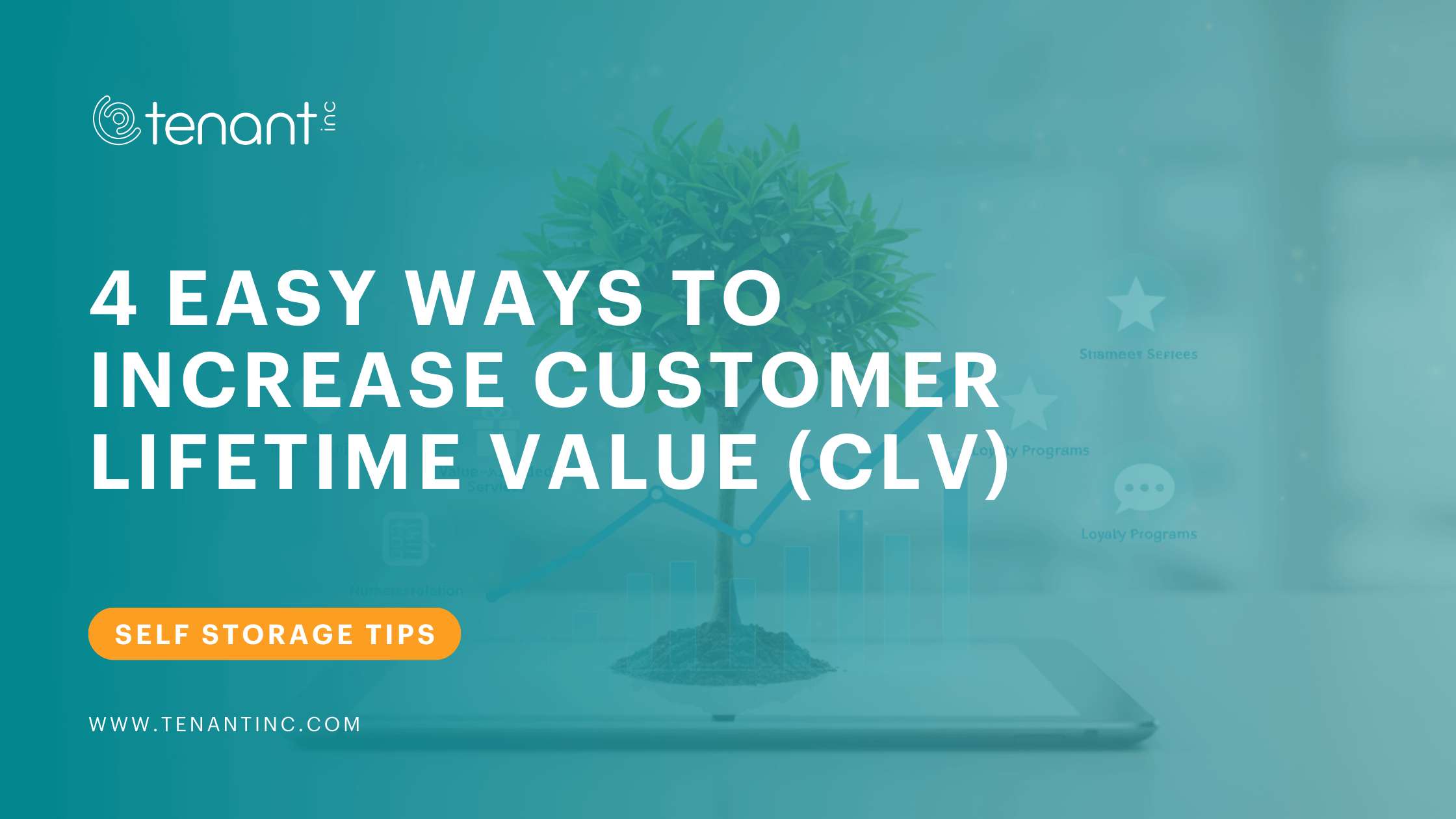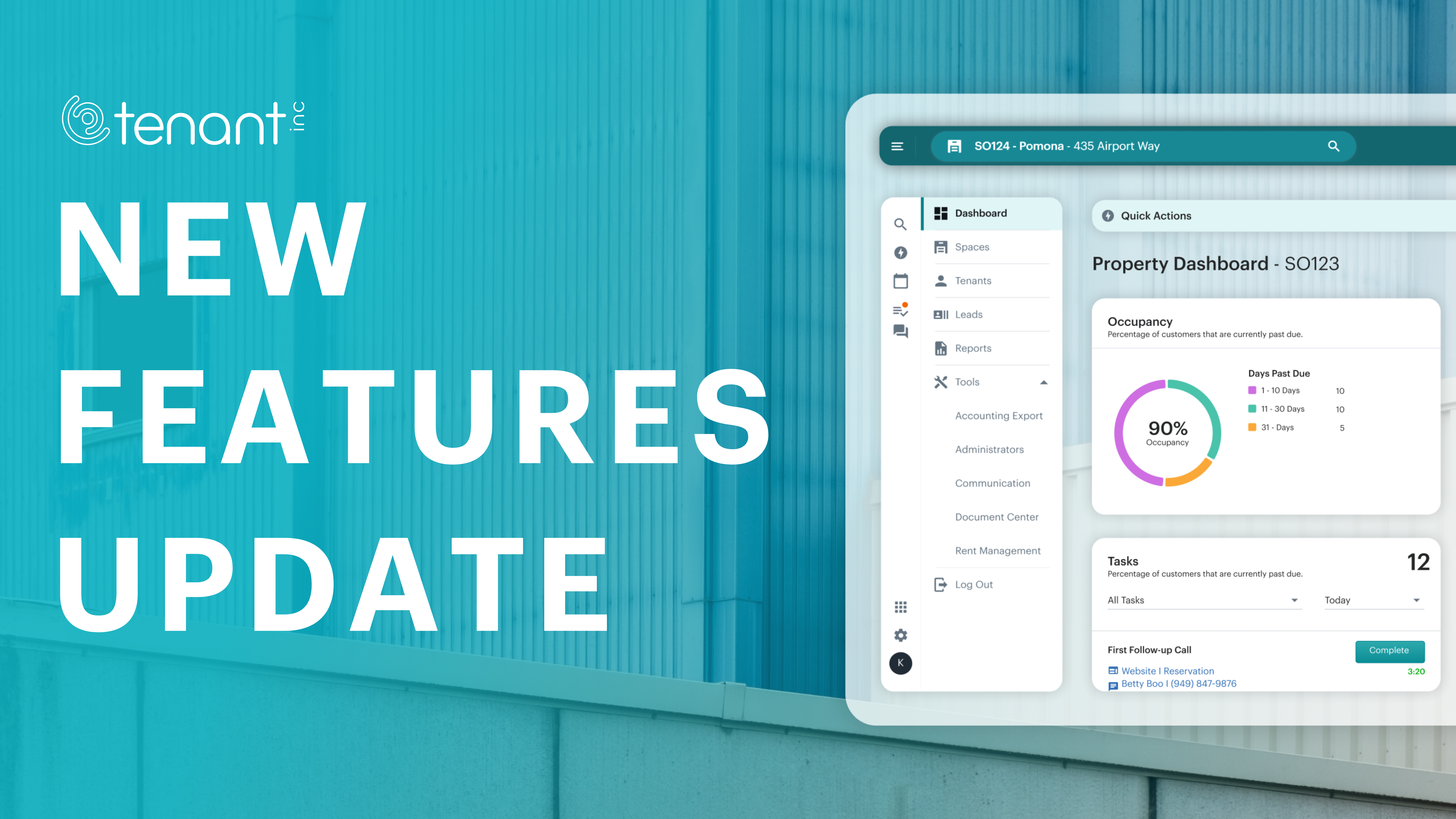Digital marketing professionals are finding it increasingly difficult to track traffic and lead sources accurately due to several emerging factors. These challenges stem from changes in technology, privacy regulations, and shifts in user behavior, causing more traffic to be attributed to "Direct Traffic" as fewer lead sources can be reliably tracked. Many marketers are forced to compare metrics on platforms such as Meta and X to the traffic sources tracked in their CRMs to get a clearer picture as to which marketing channels and platforms are producing results.
Here are the key issues that have contributed to making tracking increasingly more complex:
Apple’s Cookie Changes (App Tracking Transparency)
Apple’s App Tracking Transparency (ATT) framework, rolled out with iOS 14, has significantly altered the ability of digital marketers to track user behavior across apps and websites. Users now must opt-in to be tracked, and many are choosing not to. This impacts:
- Attribution: Without third-party cookies, it's harder to track the journey a user takes from seeing an ad to making a purchase.
- Retargeting: Advertisers lose the ability to retarget users based on previous behavior, especially on apps or across devices.
- Lead Source Tracking: For marketers relying on third-party cookies, understanding how leads arrive at their site has become less accurate.
Anti-Tracking and Privacy Laws
Global privacy laws like the GDPR (General Data Protection Regulation) in Europe and CCPA (California Consumer Privacy Act) in the U.S. have given users greater control over their data. These regulations often limit or block tracking, affecting how marketers gather user data:
- Opt-in Mechanisms: Many websites are required to provide users with clear opt-in choices for cookies, leading to lower consent rates.
- Limited Data Collection: Compliance means digital marketers collect less granular data on user behavior, making it harder to segment audiences or perform precise targeting.
- First-Party Data Reliance: As third-party data becomes harder to collect, marketers must rely more on first-party data, which is often more limited in scope.
Ad Blocker Options
The rising use of ad blockers complicates tracking efforts further. These tools prevent ads from displaying, but they also interfere with analytics scripts that track user behavior:
- Reduced Data Visibility: Websites may lose valuable insights on users who engage with their content if those users are employing ad blockers.
- Incomplete Analytics: Marketers may not have accurate data about page views, clicks, or user paths, leading to incomplete campaign reports.

Multi-Device Journeys
Consumers often switch between multiple devices—such as smartphones, tablets, and laptops—before converting. This behavior creates tracking gaps:
- Fragmented User Journeys: It’s difficult to connect interactions across devices without cookies or user logins, leading to a fragmented understanding of the customer journey.
- Cross-Device Attribution Challenges: Traditional attribution models struggle to account for user journeys that span multiple devices, making it harder to attribute conversions to the correct touchpoints.
The Domination of Apps
Apps are increasingly becoming the primary means of digital interaction, which presents its own tracking challenges:
- Closed Ecosystems: Apps like Facebook, Instagram, and Snapchat operate within closed environments where tracking users across platforms or websites is difficult.
- Limited Web-Based Tracking: Many app interactions don’t generate traditional web traffic, meaning marketers can't track users through the standard tools they rely on, such as Google Analytics.

Zero-Click Consumption
Zero-click searches refer to searches where users find answers directly on the search results page without clicking through to a website. This trend makes it harder to track:
- Reduced Traffic: Fewer clicks mean less website traffic, which results in a lack of data to analyze user behavior.
- Impact on SEO: Even if your content ranks highly on Google, zero-click consumption could mean fewer leads and conversions, affecting your ability to attribute marketing efforts to results.
Dark Traffic or Direct Traffic
The growth of dark traffic, where the referral source is unknown, is a growing challenge for digital marketers:
- Unidentified Sources: Dark traffic often appears as "direct" traffic in analytics tools, masking where users originally came from (e.g., apps, messaging platforms, or secure browsing sessions).
- Limited Attribution: This traffic can’t be easily attributed to specific campaigns, making it difficult to measure the effectiveness of marketing efforts accurately.
Platforms that Deter Link Clicking (LinkedIn, Apple Maps, etc.)
Some platforms, like LinkedIn and Apple Maps, are becoming link-resistant environments, where users interact more with the platform itself without clicking external links:
- Reduced Referral Traffic: Platforms are prioritizing keeping users within their ecosystem, reducing the likelihood that users click through to your website.
- Content Consumption Without Engagement: Marketers lose visibility into user behavior when content is consumed within the platform but does not lead to a website visit, making lead tracking difficult.
The ability to track traffic and lead sources has become increasingly complex due to privacy regulations, technology changes, and shifting user behaviors. As digital marketing professionals face these challenges, the reliance on first-party data, improved tracking mechanisms, and a stronger focus on alternative attribution methods, like media mix modeling or probabilistic attribution, will be key. Adaptation is essential to ensure continued success in an environment where tracking user behavior is becoming increasingly difficult.
Real-World Success Stories: Learn how Tenant Inc. is helping independent operators adapt to the changing digital landscape and achieve their marketing goals.
.png?width=751&height=422&name=A-1%20Self%20Storage%20Email%20Image%20(1).png)


